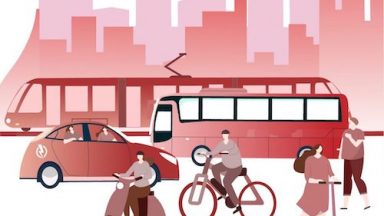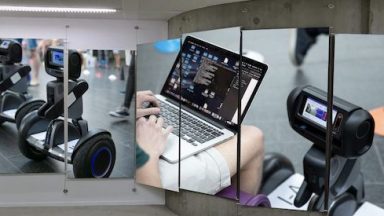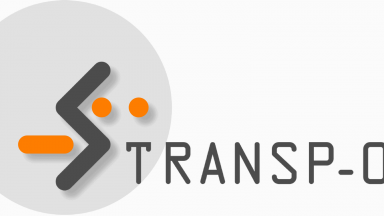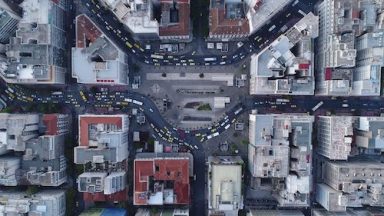
Transportation systems are currently experiencing a fundamental transformation in their structures and organization, triggered namely by the pervasiveness of technologies and the development of the shared economy.
For the transportation of people, the concept of Mobility as a service is becoming the reference. It has several implications: the ownership of private vehicles will decline, the dichotomy between private and public transportation will no longer prevail, with the emergence of fleet of shared vehicles, that are considered somehow in between private and public transportation, transportation systems will not be designed and operated on a mode by mode basis anymore, and multi-modal solutions will be organized, vehicle-centric systems, where each public transportation operator move vehicles on a schedule, will become or be replaced by traveler-centric systems, that account for the needs and preferences of the travelers.
Interestingly, the same trends apply to the transportation of goods: shared mobility, door-to-door services, multi-modality, and customer-centric systems. The specific case of “city logistics” is particularly important here, as the growth of online shopping has generated a tremendous flow of parcels through the cities.
Laboratories :

HOMES
Laboratory for Human-Oriented Mobility Eco-system


